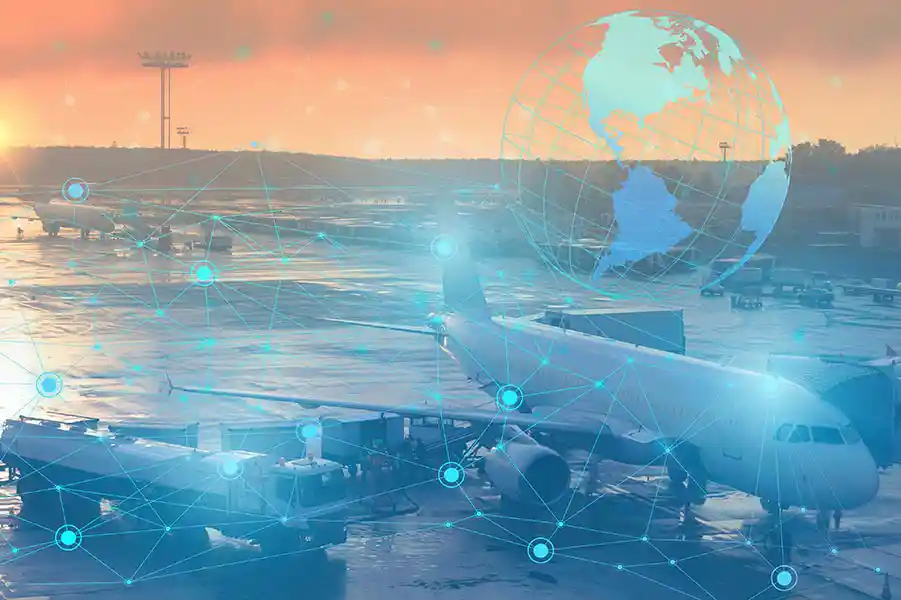
Remote Towers, the latest technology introduced in air traffic control, is transforming the way airports operate worldwide. This unique technology is not only enhancing the safety and security system of airports, but it delivers flexibility and efficiency in providing unmatched air traffic control solutions. The Remote Tower technology replaces traditional control towers with digitally equipped control facilities.
advantages
One of the biggest advantages of remote towers is the flexibility it offers to airports and air traffic controllers. It allows customization of towers to meet different expectations and requirements. For instance, a new airport, looking to construct a cutting-edge control facility, can benefit with the installation of digital towers. On the other hand, an existing airport looking to upgrade its tower to handle additional traffic, or to replace an aging tower can save on maintenance costs and can free up valuable space.
In addition, the security aspect of airports is greatly benefited with the Remote Tower technology. By installing a Remote Tower system, the airport can move an existing tower or create a contingency facility, ensuring full capacity of airport operations even if the main tower is out of action. This feature is especially useful during emergency situations, as it keeps the airport up and running with minimal downtime.
types
The different Remote Tower models are designed to accommodate any airport size, level of complexity, or distinctive needs. These models are equipped with high-tech features to provide enhanced situational awareness ensuring safe, flexible, and efficient air traffic control, making air travel safer.

